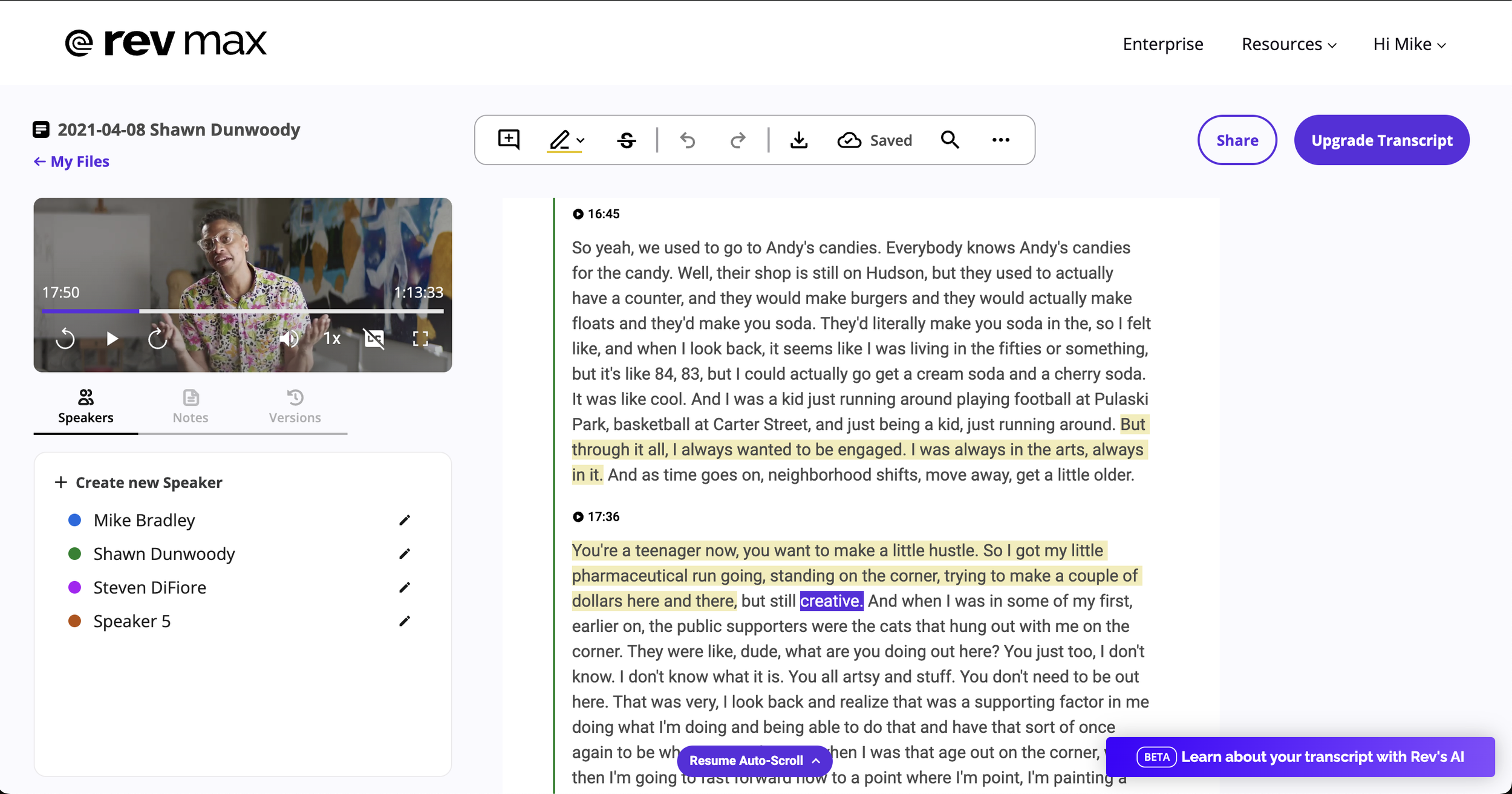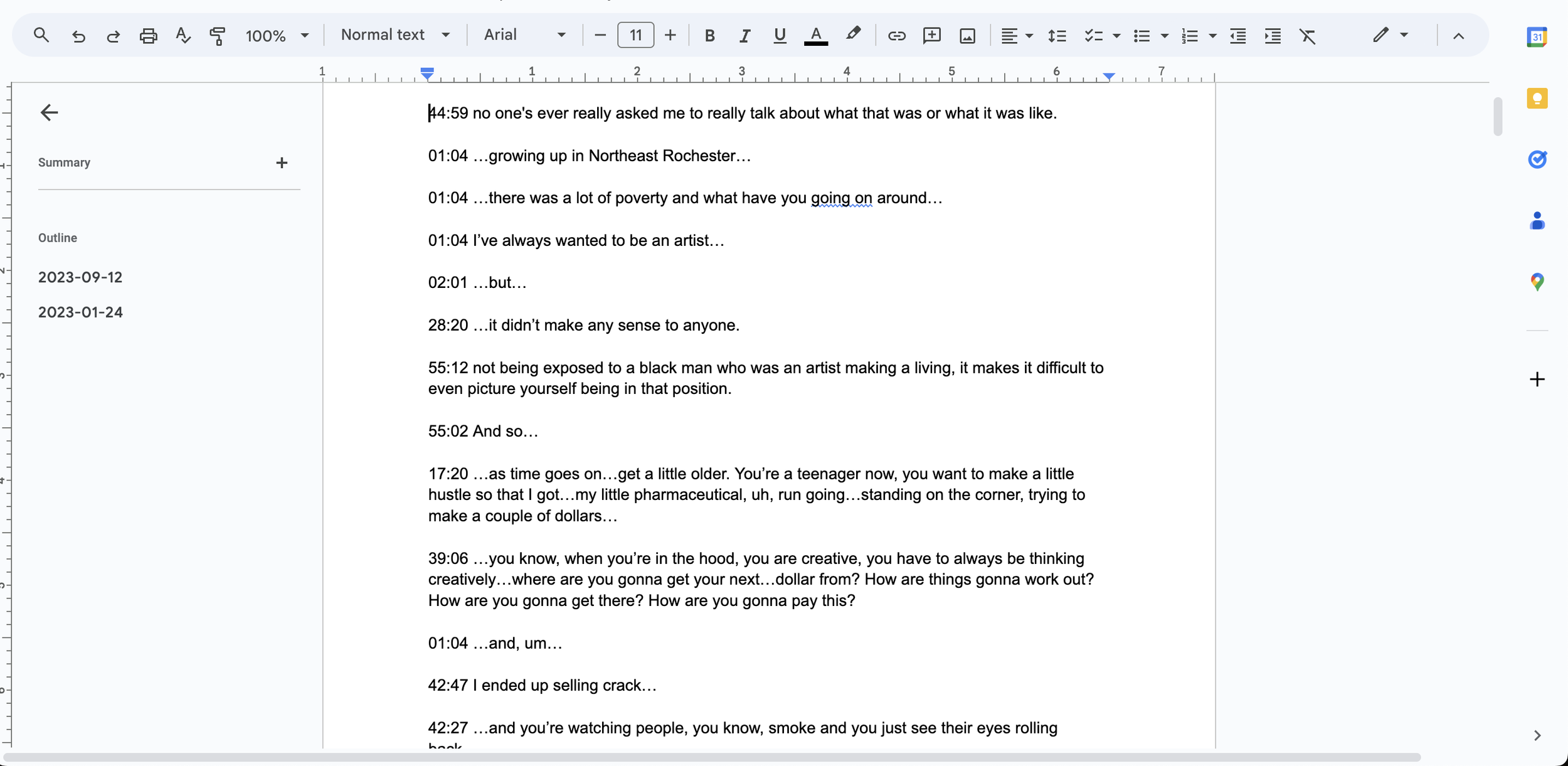
Our Process
Thank you for partnering with Big Slide for your production! We’ve assembled this page to explain a bit about our process.
Pre-Production
After you first contact Big Slide, we’ll learn more about the specifications of your project, including the technical (deliverables, usage, budget, and timeline) as well as the creative (desired feeling, inspiration, visual style).
Once we agree on a scope and project fee, and the deposit is paid, we’ll begin compiling a moodboard made up of reference images from other projects. These may include screengrabs from previous Big Slide projects, Hollywood films, other brands in your industry, or anywhere else. We invite you to send frames that you like as part of this process. This will help us align on the visual language of the project, and ensure we have the right crew and equipment to achieve the look we’re after.
In the case of testimonial-based projects, we’ll rely on you to locate potential interview subjects. From there, we may conduct pre-interviews with these people and advise who might be the best candidates to interview on-camera. We’ll provide some guidance for our selected interview subjects, but we do want them to come in a bit unprepared as that preserves the possibility of on-camera discoveries, the most magical moments in interviews!
Production
Of the three phases of production, shoot day is the one that varies the most from one production to another. But in general, once a shoot date is scheduled, we’ll often prepare a call sheet - essentially a combined schedule and personnel list, perhaps with some reference images included.
Post-Production
As soon as production wraps, we’ll send the interview(s) for transcription on Rev. The platform allows us to see a written transcript as well as video playback at the same time, and also search the document for certain words or phrases.
The story is told primarily using the interview as a backbone, so our first edit is text-only. This “paper cut,” which we’ll share with you as a Google Doc, is essentially the documentary version of a script. Based on the word count we can be pretty sure how long the finished video will be. You can make comments and notes directly on the Google Doc, and we’ll revise it with new selected quotes until everybody’s happy. The narrative arc doesn’t need to be completely locked in at this stage, but it should be about 90 percent there.
From the Paper Cut, we’ll assemble the Rough Cut. At this stage, you can expect the project to include the interview soundbites paced appropriately, plus b-roll and temporary music. The color and sound mix will be imperfect, but it should feel the way you want. You’ll receive a link to a secure page on Frame.io to review each cut. Here, you can make comments that are automatically time-coded to the relevant moment in the video. Using Frame.io rather than email chains ensures that no comments are missed, and that all the team members involved with your project are kept in the loop.
After you consolidate feedback from all the stakeholders on your team, we’ll make revisions to send you an updated version (the “Fine Cut”). From here, we can make minor changes to get everything just right. The resulting version, when all the content is locked in, is Picture Locked.
The Picture Locked version is then sent for color grading and sound mixing. Once that’s complete we’ll send one last frame link - the Final Cut - for you to sign off on. The final approved file will be delivered in the format(s) we agreed on during pre-production.




